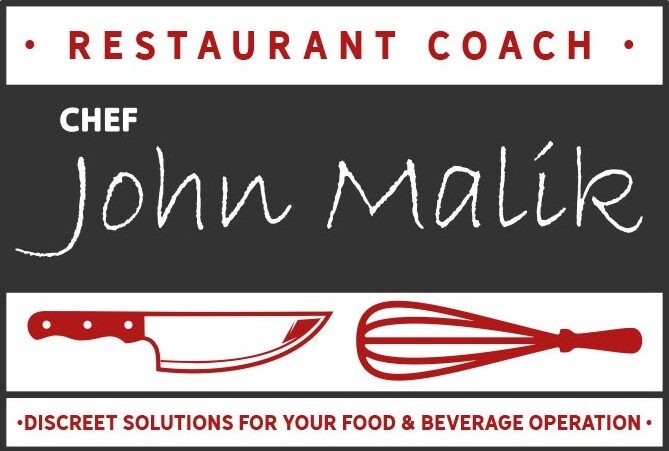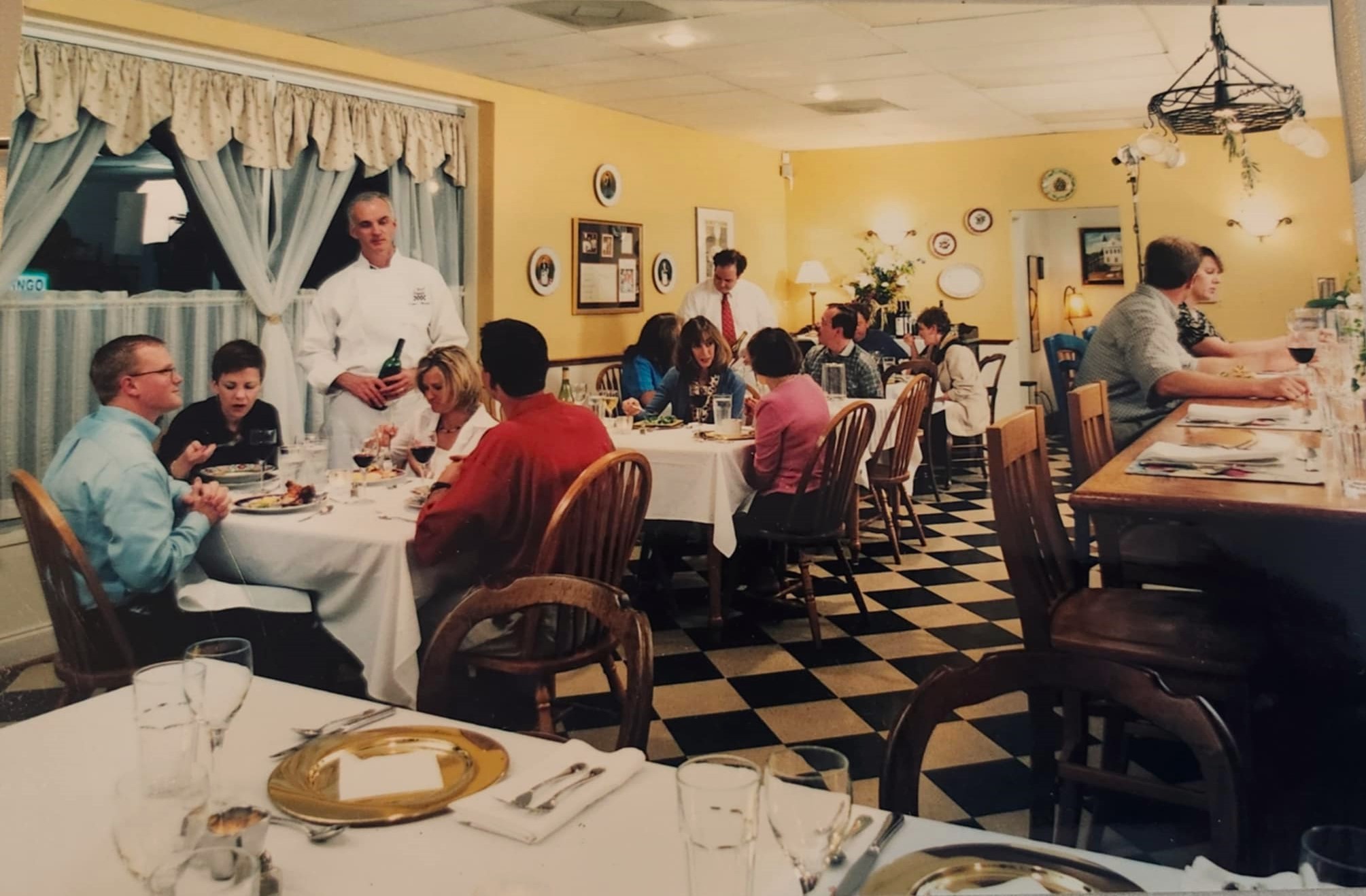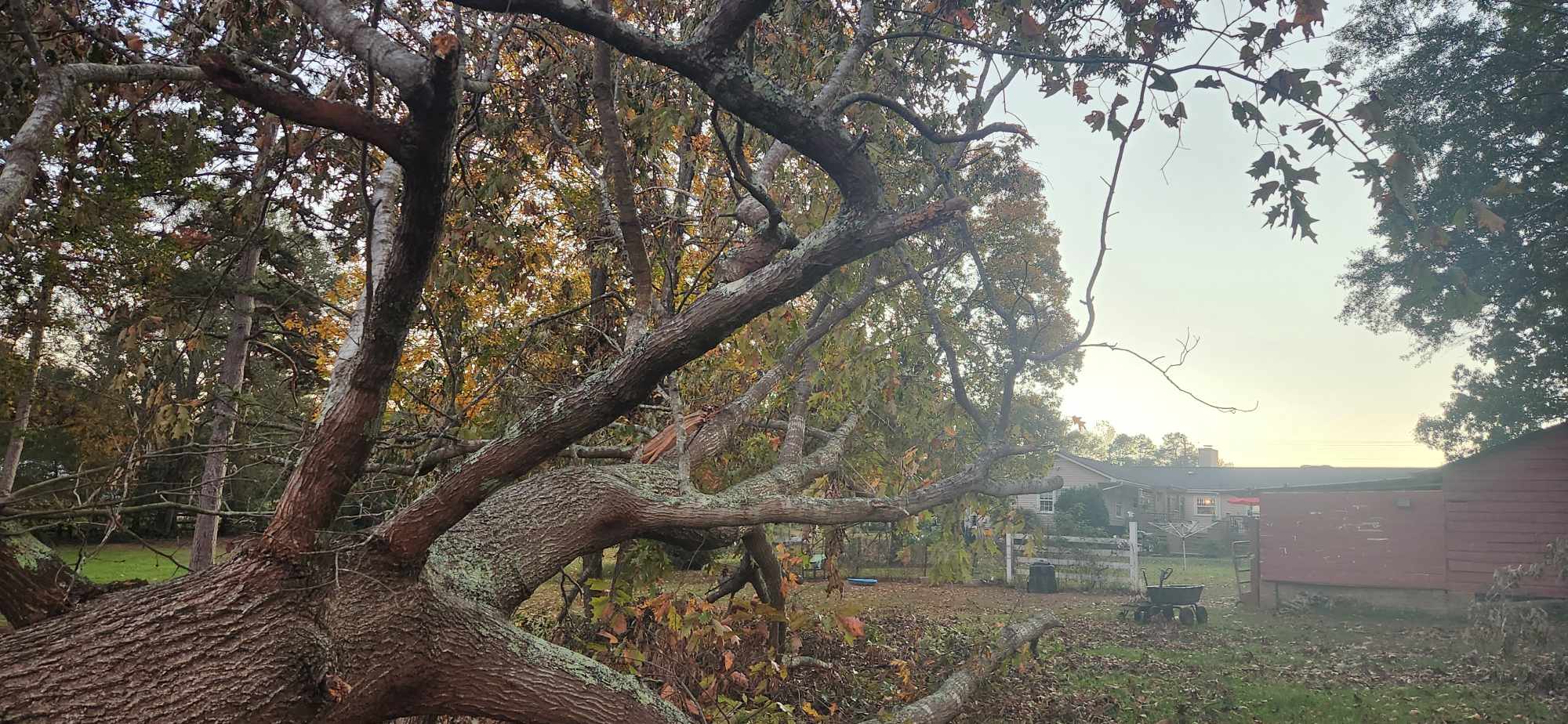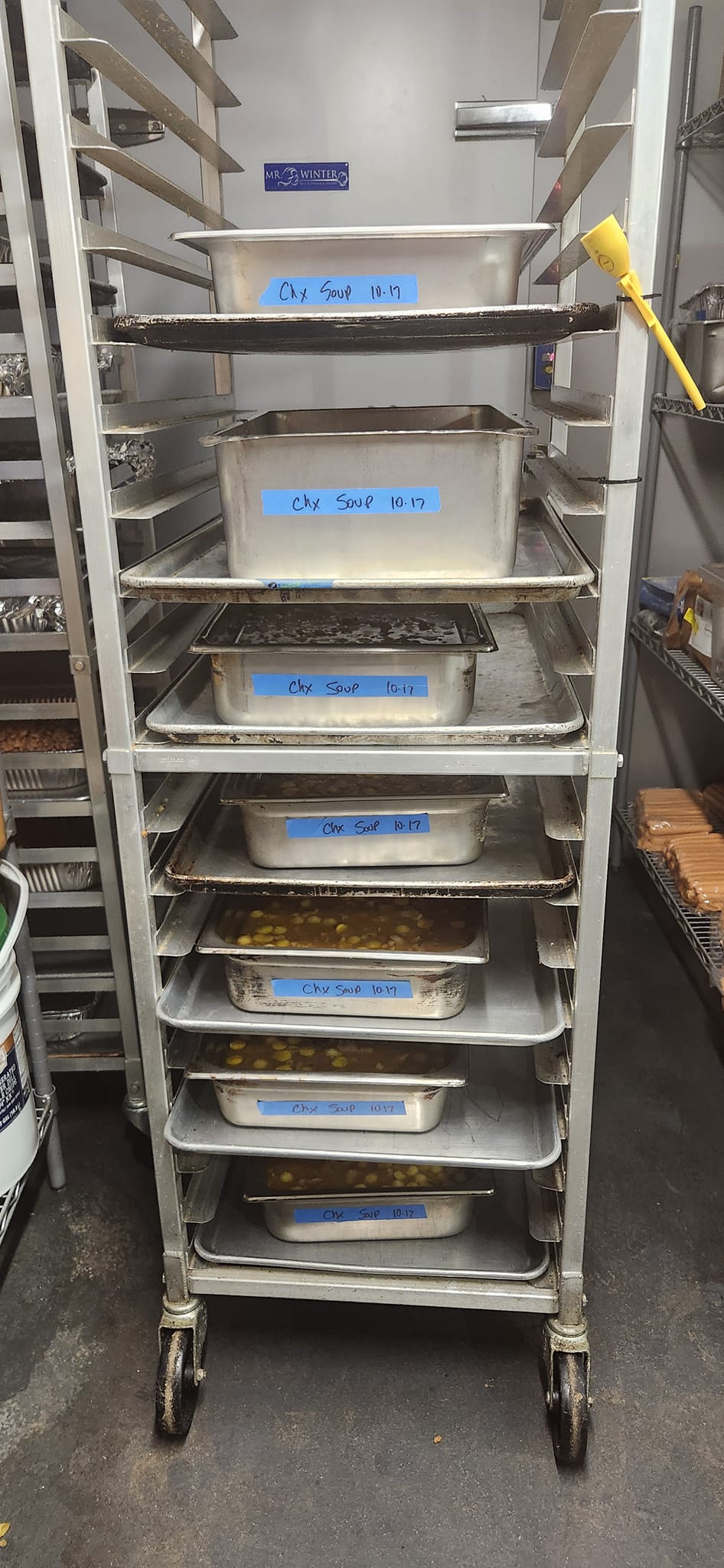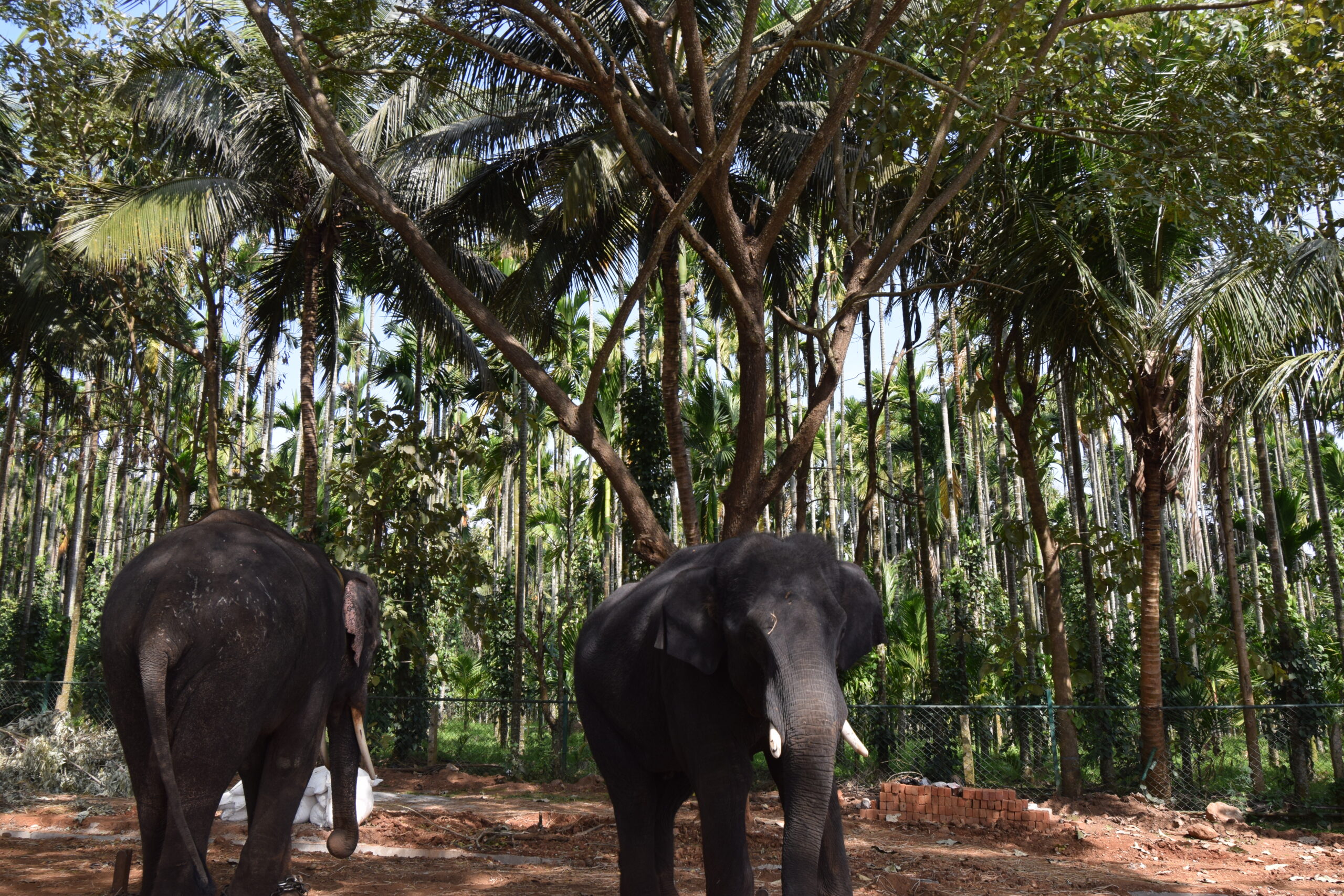If I asked you to name the techiest country on earth, the one that’s invented the best gadgets and created a variety of cool appliances, you’d probably say Japan, or maybe Germany. Rightly so. In the last 25 years or more, many of us have looked to Japan’s relentless creativity for phones, laptops, cameras, TVs, and more. I’m no fan of electric cars, but the new Toyota Prius is all kinds of high tech cool. Japan has a major problem, though. Their median age is 49 and their birthrate is a very low 1.26 children per childbearing age woman. Japan has an aging population, and its young couples aren’t interested in a family. Many modern countries have similar issues; S. Korea, Hong Kong, Finland, Holland, and China are high on tech manufacturing and design, yet near the bottom of the fertility curve.
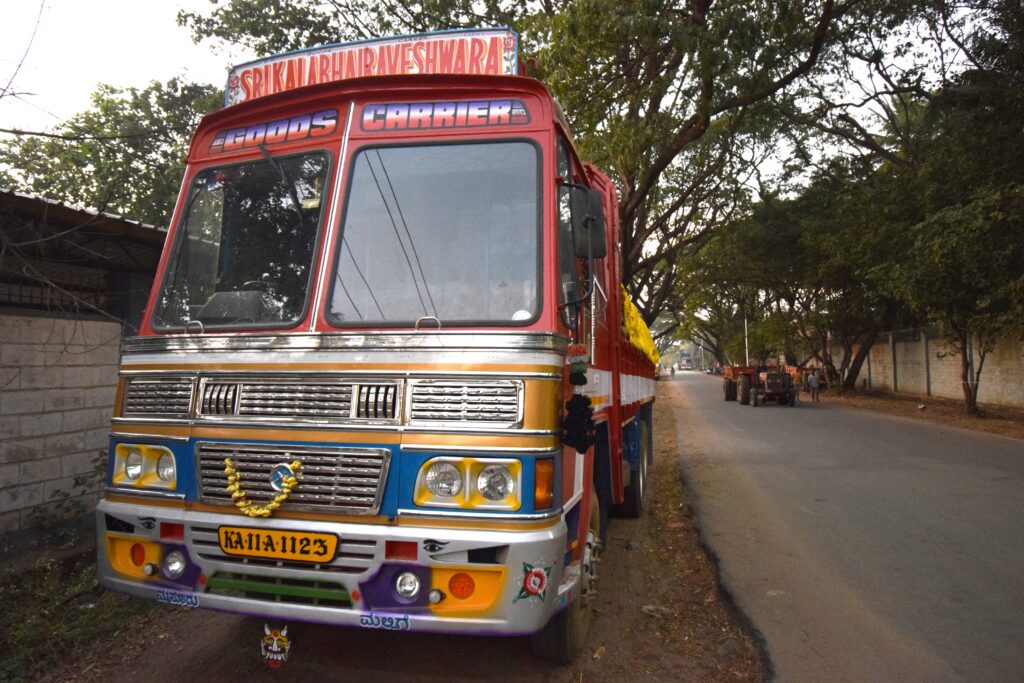
Who will the global population look to for tech that’s going to take us into the next generation? India. Their population has an average age of 28 and produces 1.5 million engineers annually, and they still believe in the family unit. While working in India, my host brought me to RV College of Engineering where a member of our design team is a Professor of Mechanical Engineering. While at RVC I met students and teachers with a deep intent of solving our evolving world’s challenges. Years ago, India purchased engineering from the West. On my trip I rode a modern metro, and sat in a lavish Tata sedan that was 100% homegrown. We drove past billboards touting India’s coming Tejas 4.5 generation single seat fighter. While Bangalore’s streets may be a haven of Tuk Tuks, its classrooms are the provenance of the STEM curricula, and those students are looking for projects to sink their teeth into.
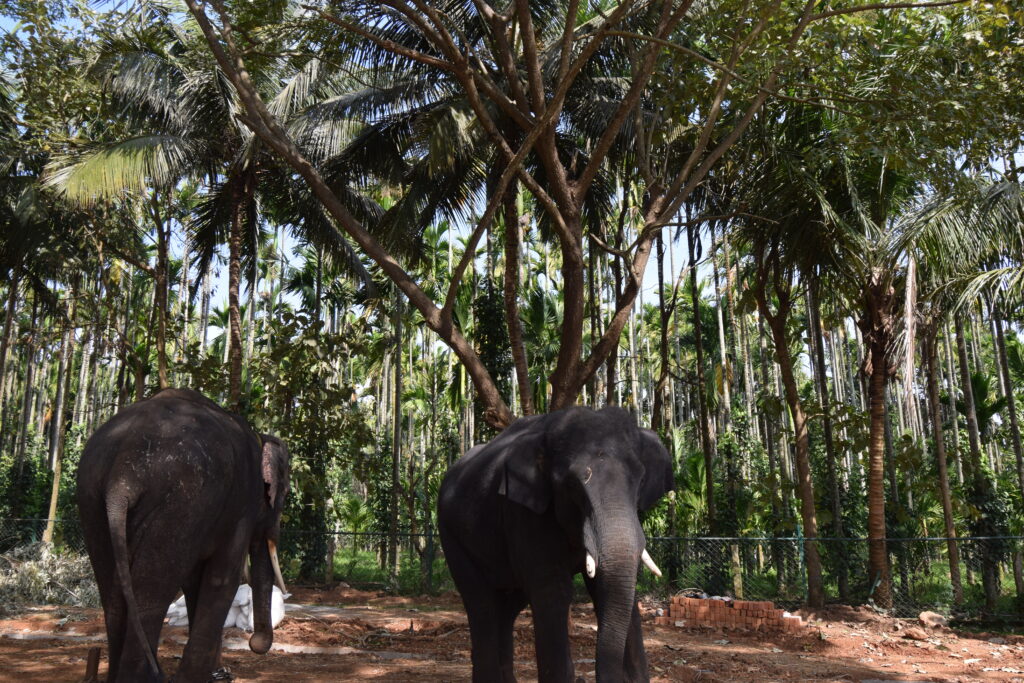
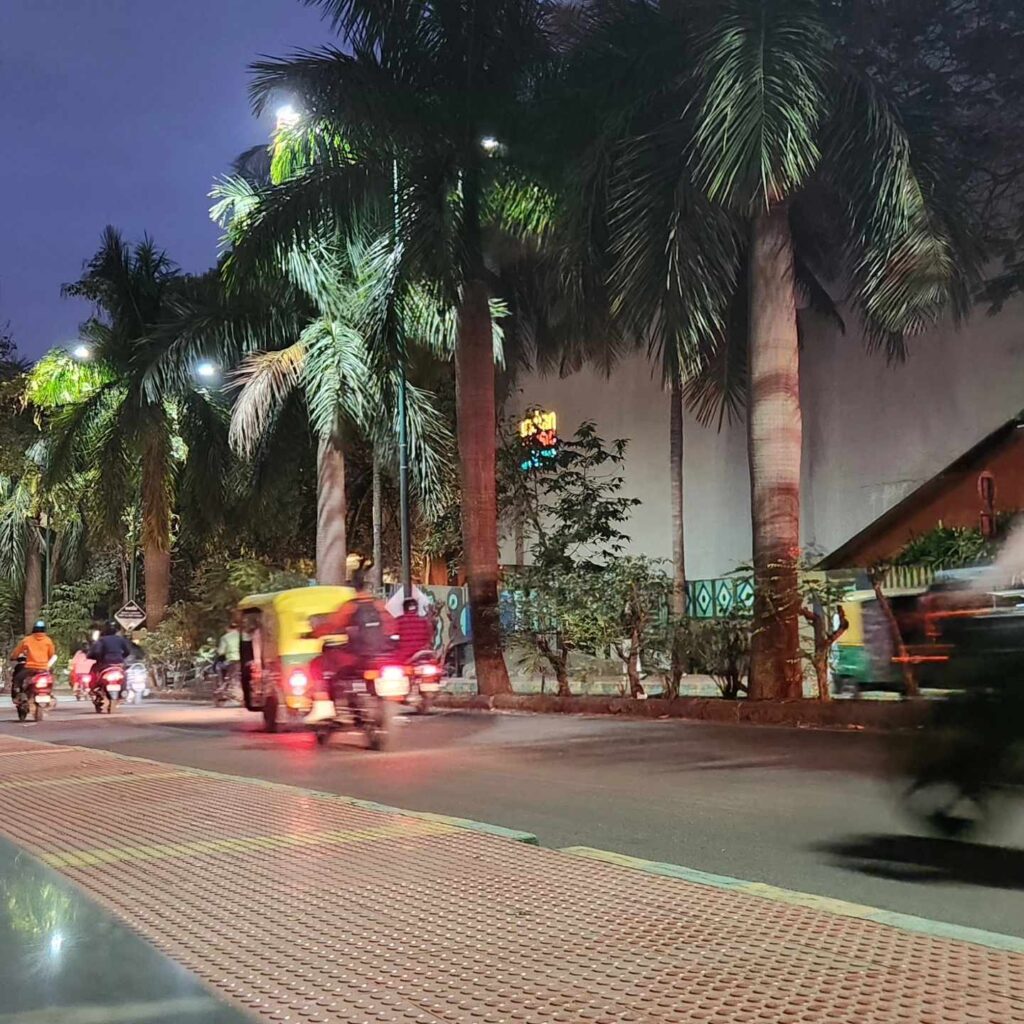
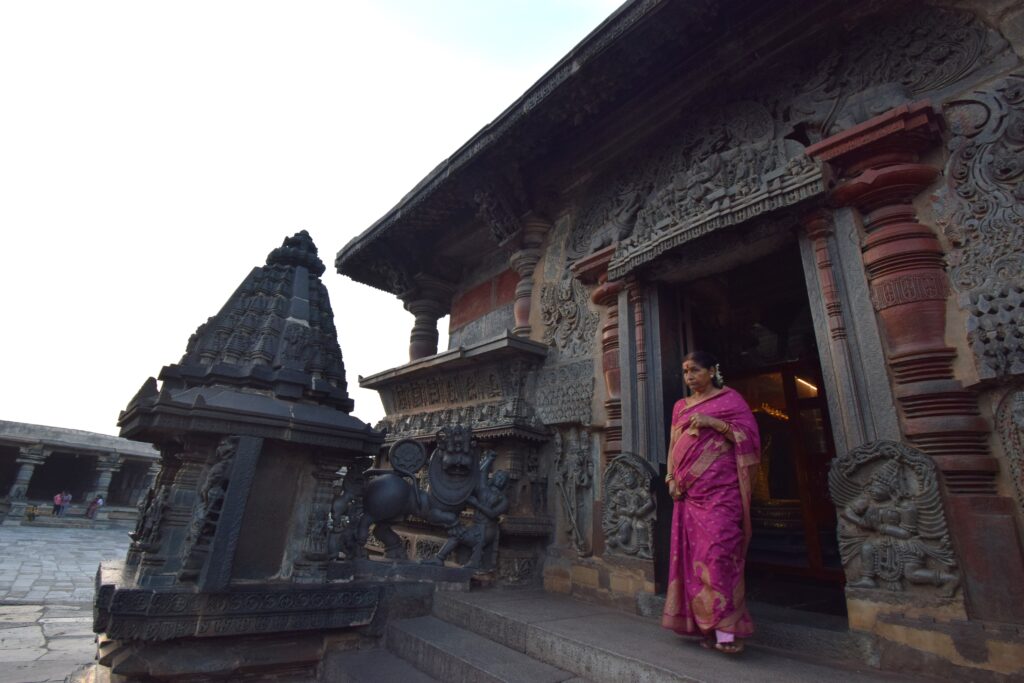

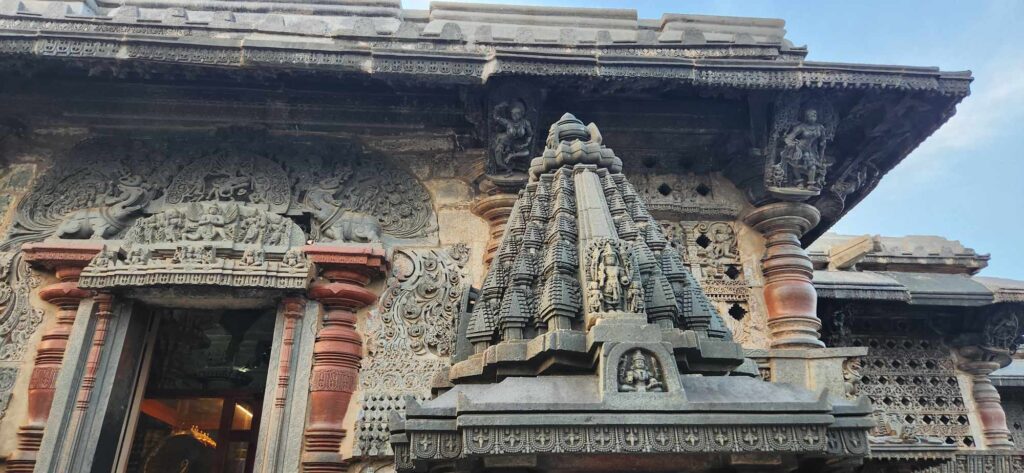
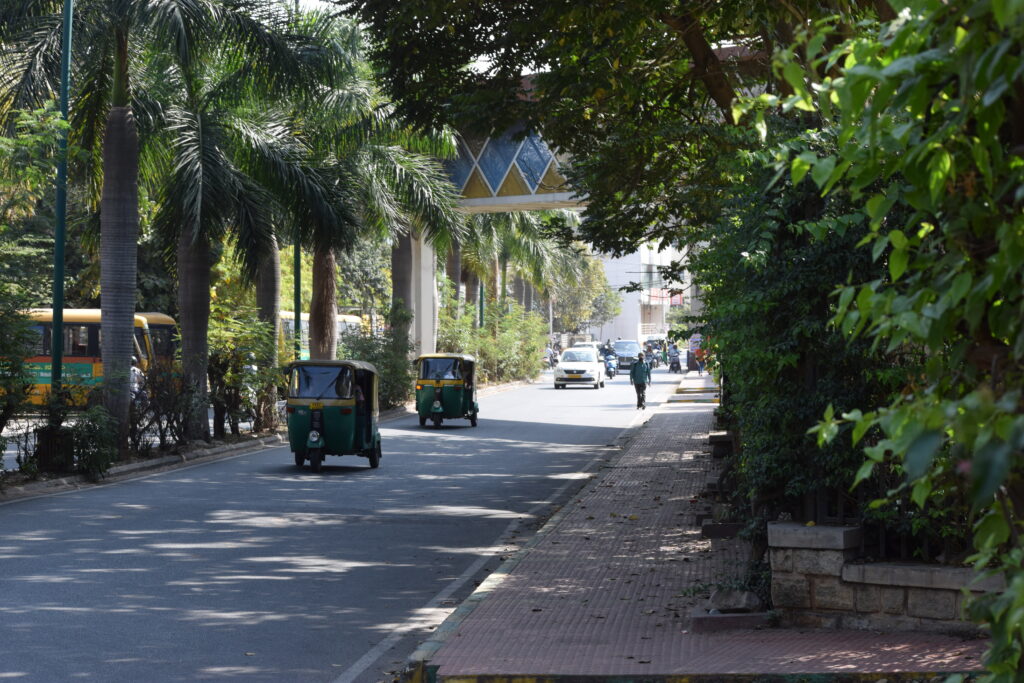
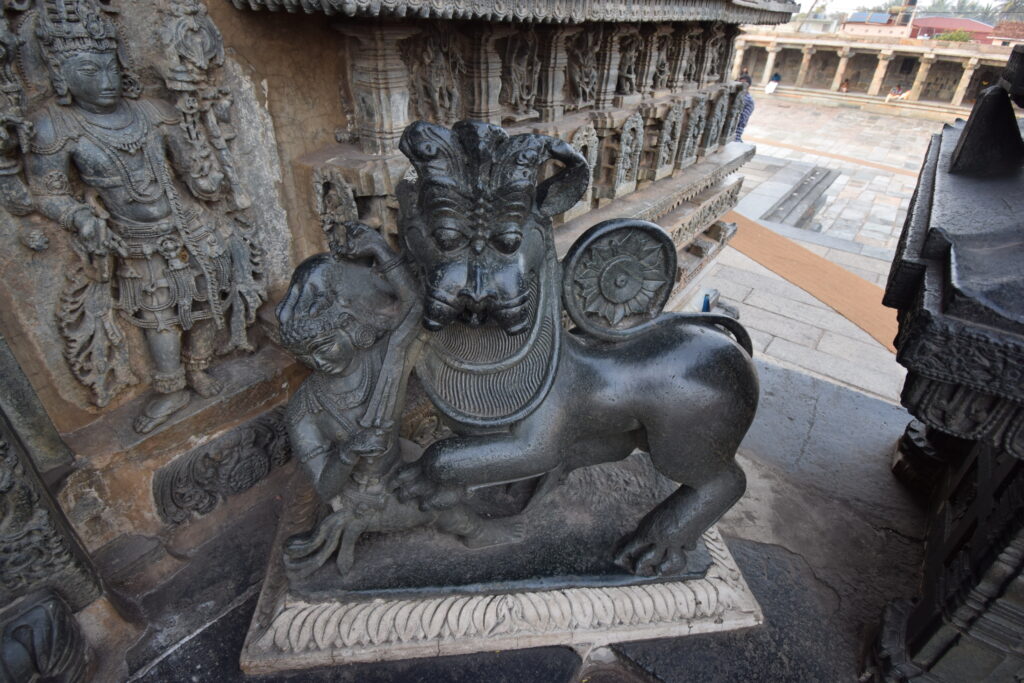
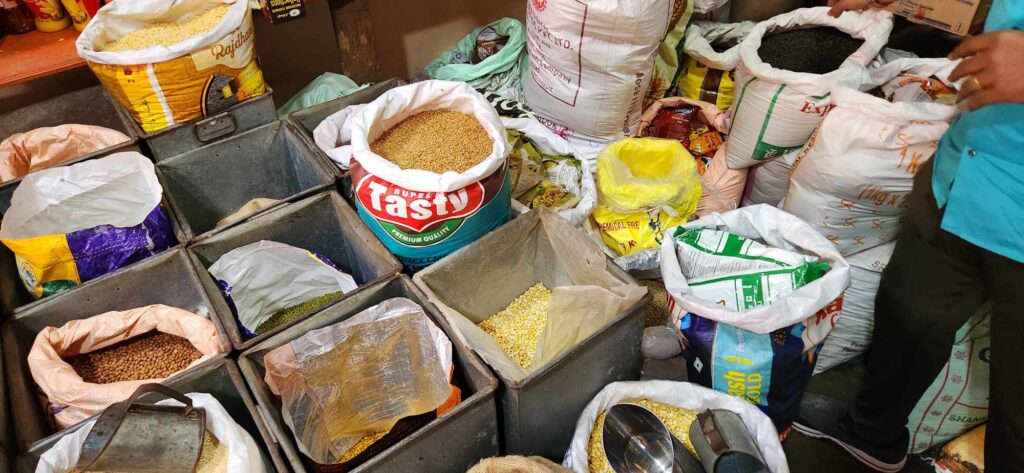
I was brought to India by a team that wants to create a robotic range for commercial kitchens, something to help chefs manage their production in a shrinking labor pool. They’ve lined up investors, a CAD/CAM design firm, factory, a logistics team then hired a decent American cook with experience in the US market to help them understand the challenges of our commercial kitchens. In my two weeks in India I enjoyed exceptional hospitality, fabulous food, great craft beers at three brewpubs, and marveled at the fresh produce stands that dotted the city streets like M&Ms on Halloween. India is 80% Hindu and there’s a lot of vegetarian food in their culture. Like any religion, compliance to its standards waxes and wanes yet its history of a vegetarian diet for believers has created a stunning cuisine unmatched by anything I’ve seen in the US. A curry in India will come in every shade of green, red, white, or yellow and they’re thickened with chilis, spinach, squash, cream, dumplings, chickpea flour and more. Idly with Sambhar, Mysore Bonda, and the peculiar Ragi Ball were my favorites.
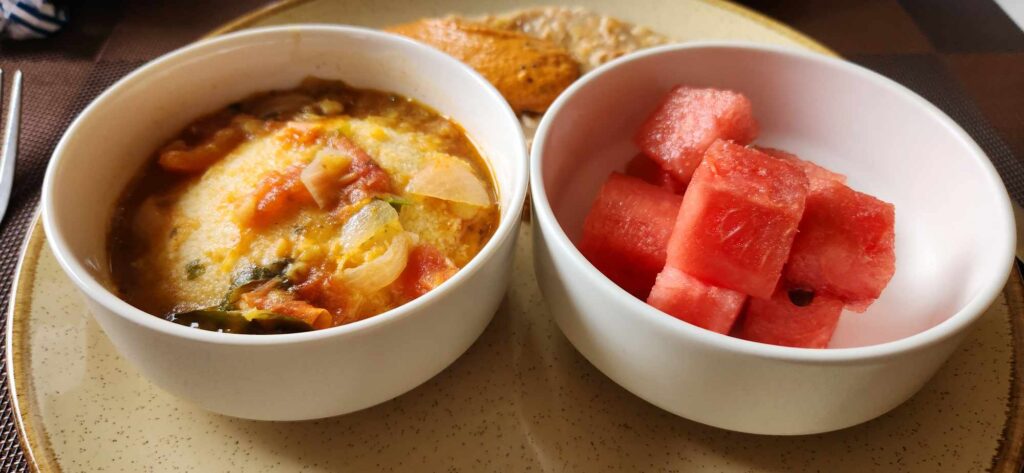
Idly is a small cake made from rice and gram (it’s in the chickpea family). The rice and gram are soaked overnight, ground into separate pastes then combined and allowed to ferment. Add salt then the batter is poured into a shallow mold and steamed. The result is light and fluffy UFO shaped disc. Place one in a small bowl then pour a hefty portion of Sambhar, a hot vegetable broth, redolent with tamarind, ginger, cumin, mustard, chilis and curry leaf. That’s a traditional breakfast dish and it is wonderful.
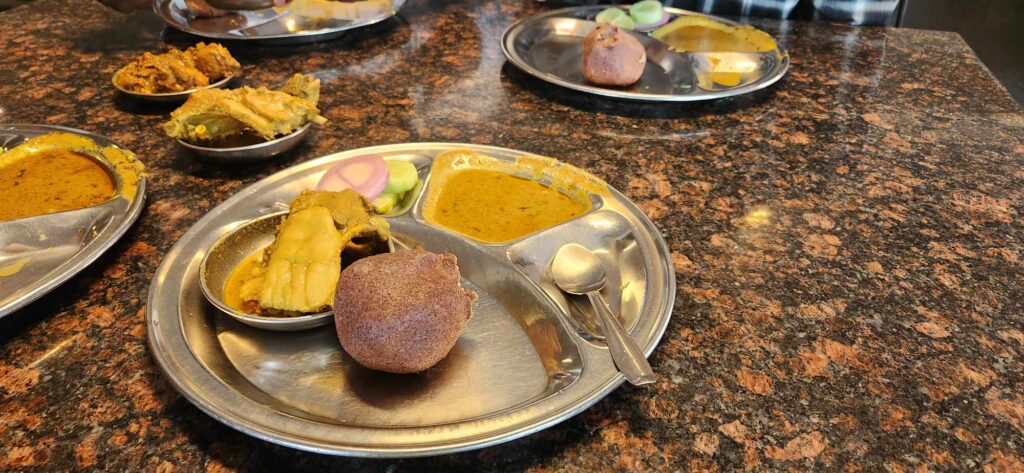
Mysore Bonda? Mysore is a city in the south of India, and here they make small rice and gram flour fritters or doughnuts. The doughnuts are savory, flecked with curry leaf, coconut, cumin, and ginger, served hot with a coconut chutney, or warm and topped with yogurt, a drizzle of honey, puffed rice and a salty puffed gram. Wow. Bonda was common on the hotel’s breakfast buffet.
Now onto the Ragi Ball. This dish may have been the most outside of my culinary box, far outside, like down the street and around the corner outside. Ragi is red millet, a grain that in the US, is more common in wild bird seed. Millet is popular across Asia and Africa and for some reason it hasn’t gained traction here. It has a lovely flavor, similar to wild rice and like any whole grain it’s packed with health benefits. My hosts took me to the famous Ranganna Military Hotel for this dish. As I was told, if your restaurant has been around for many years, it’s not called “restaurant” but “hotel”. Actual hotels of a certain age are Inns, Clubs, or Resorts, but if it’s western, it’s called Hotel. Got that? Now if your “hotel” (restaurant) serves meat, it’s referred to as Military. Why? I don’t believe I was told, I just accepted it. At Ranganna Military Hotel we were served mutton curry, chicken curry, and Ragi Ball. The millet is steamed or boiled until the starch oozes from the grain, the millet is cooled then shaped into tennis ball sized servings. One should pinch off a hazelnut sized piece, roll it through the curry sauce then gulp it down.
“Wait. I have to gulp it? How come I can’t chew it?”
“John. Look around. No one is chewing ragi. Just gulp it down.”
I tried my best to gulp, but it made more sense to soften it against the roof of my mouth, despite my Indian friends teasing that I was somehow doing a disservice to the ragi ball. At Ranganna we started by washing our hands then my Indian friends ate with their hands, deftly, neatly. Me? I made a terrible mess of myself trying to emulate their movements and I’m sure our waiter asked my hosts if they should bring me a bib.

Does India have its problems? Of course it does. However, my two weeks were filled with incredible sights, sounds, tastes, and aromas and at the conclusion of our work week, my hosts toured me through coffee farms, an elephant sanctuary, and ancient Hindu temples whose architecture and attention to detail were astounding. Would I return to India? You bet. Would I recommend it as a travel destination? Of course. The key to a visit to India is perspective. See it from the perspective of a country that followed an ancient path, was raped by an oppressor (Great Britain, go figure), like the US gained its independence, albeit about 200 years later, and is now rushing towards its standing as a technological and manufacturing powerhouse.
~ John
Does your food & beverage establishment need a helping hand? Give me a call at 864.616.7171.
